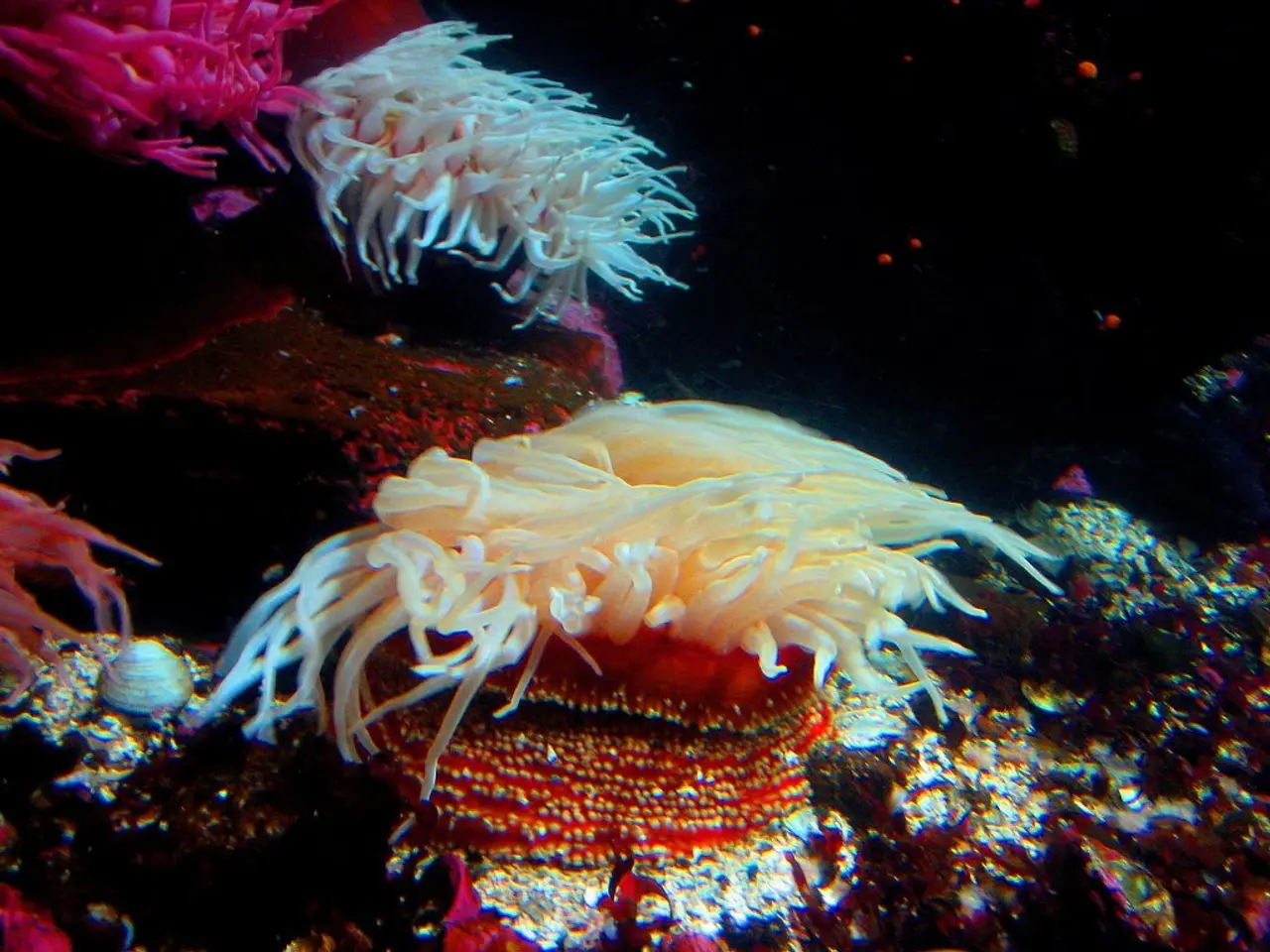Divering Organics Underwater: Exploring the Depths with Eric Fritz
**Article Title: Pearls and Shells: A Collector's Guide to Natural vs. Cultured Pearls and Valuable Shell Species**
In the realm of marine treasures, seashells and pearls hold a special allure for collectors worldwide. From the visually distinct genus of seashells to the rare and valuable conch pearls, there's a world of wonder to explore.
When it comes to pearls, understanding the key differences between natural and cultured pearls is essential. Natural pearls, formed spontaneously in the wild, are extremely rare and highly valued due to their unique shapes. On the other hand, cultured pearls, produced on pearl farms, offer greater consistency in shape, size, and color, making them more common and affordable.
The formation process of these pearls is quite different. Natural pearls are the result of an irritant, such as a grain of sand, entering a mollusk, which then coats it with layers of nacre as a defense mechanism. In contrast, cultured pearls are produced through a process where a technician inserts a small bead or piece of tissue into the mollusk to stimulate nacre production.
The rarity and value of pearls also vary significantly. Natural pearls, with their irregular shapes and sizes, are highly sought after for their uniqueness. Cultured pearls, while more common, offer a more uniform appearance and are more affordable.
Historically, some of the most valuable natural pearls were found in the Persian Gulf, but most have already been harvested, making new finds extremely rare and costly. Today, natural pearls can be found in various parts of the world, but they are generally remnants from historical collections or small, newly discovered specimens.
Shell collectors, much like pearl enthusiasts, have their preferences. Some may prefer 'valves' or gastropods, and some collect within the same genus. The value of shells can range from £2-£3 to £100,000 for highly desirable pieces.
In the world of coral, the most valuable coral for jewelry is the red coral of the Mediterranean, found in shallow caves. Genuine red coral jewelry can be identified by visible striations and non-uniform color. Soft corals, which often resemble plants or sea fans, can move with ocean currents, while hard corals, containing more calcium carbonate, form coral reefs.
Eric Fritz, the manager of North America for Gem-A, specializes in organic gem materials, particularly pearls, shells, coral, minerals, and gemstones. His expertise sheds light on the intricacies of these marine wonders, making him a valued resource for collectors and enthusiasts alike.
References:
[1] Pearls and Shells: A Guide to Identification, Care, and Collection. (2020). London: Thames & Hudson.
[2] The Book of Pearls: A Comprehensive Guide to the World's Most Beautiful Pearls. (2018). New York: Assouline.
[3] The Pearl Industry: History, Production, and Marketing. (2016). Oxford: Oxford University Press.
- Documenting the allure of marine treasures, one finds the unique charm of seashells and pearls in the collection world.
- Gaining insights into pearl differences is vital, with natural pearls, formed spontaneously, being rare and valuable, contrasted by the more common and affordable cultured pearls.
- The disparate formation processes of natural and cultured pearls can be traced to the presence of an irritant in mollusks, leading to layers of nacre as a defense mechanism, or the use of technician-inserted beads to stimulate nacre production.
- The value and rarity of natural pearls historically peaked in the Persian Gulf, with new finds today rare and costly.
- Shell collectors, akin to pearl enthusiasts, exhibit diverse preferences and value ranges, akin to £2-£3 to £100,000 for desirable pieces.
- Red coral, a valuable jewelry material, can be found in shallow Mediterranean caves; identifying genuine pieces is possible by observing visible striations and non-uniform color.
- Soft corals that resemble sea plants can move with ocean currents, while harder corals containing more calcium carbonate form coral reefs.
- Eric Fritz, a noted expert in organic gem materials such as pearls, shells, coral, minerals, and gemstones, sheds light on the intricacies of marine wonders for collectors and enthusiasts.
- References aiding pearl and shell understanding include guides on identification, care, and collection, as well as comprehensive pearl guides and studies on industry history, production, and marketing.
- Connecting this world of wonders, one may also study related subjects such as lifestyle, fashion-and-beauty, food-and-drink, home-and-garden, data-and-cloud-computing, technology, relationships, pets, travel, cars, education-and-self-development, shopping, and general-news, providing a comprehensive scope of information.





